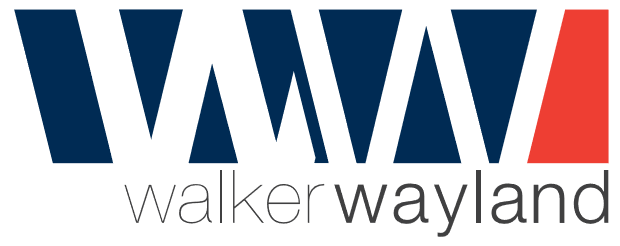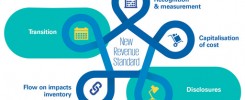Most organisations in Australia undertake some form of leasing arrangement and many of these lease arrangements have been classified as operating leases with no impact to the balance sheet.
Over 85% of the leasing commitments do not appear on today’s balance sheets, making it difficult for investors and other users of financial statements to obtain an accurate picture of an entity’s future leasing commitments.
The new leases standard – AASB 16 is effective from the beginning of the 2019 calendar year. Property and equipment operating leases previously recognised off-balance sheet will be accounted for as a Right-of-Use (ROU) asset and lease liability. This will provide more transparency regarding a company’s leasing commitments and change key financial measurements such as gearing ratios, asset turnover and EBITDA. However, lessor accounting will remain unchanged from the current leases standard.
The classification of leases as an operating lease pursuant to the current leases standard, AASB 117 meant that many entities with significant assets which were critical to a business, were not being recorded in their financial statements, subsequently the associated liabilities were understated. Additionally, users of the financial statements such as analysts and banks, adjust the financial statements for the operating lease commitments note in making their decisions and these adjustments are often incorrect.
According to the new standard, if an asset that provides economic benefit to the lessee for the use of the asset, and the lessee directs the use of the asset, it is considered a contract or a lease. Leases that meet the above definition should be recorded in the balance sheet as a ROU asset and lease liability. The income statement will reflect the notional interest expense on the lease liability and an amortisation charge on the right of use of the asset. However, there are two exceptions from recording leases under the new leases standar
- If the lease is a short-term lease (lease period under 12 months and does not include a purchase option), or
- Low value assets (being assets with a value of $5,000 or less)
Implementation of the new leases standard is expected to pose financial and operational challenges beyond financial reporting. While changes to lease accounting could significantly affect your financial reporting, the practical challenges of preparing your business for implementation could also be a significant hurdle.
Please contact Walker Wayland NSW, as we provide a range of services to assist with your transition to AASB 16 and can guide you through the steps required to address the requirements of the new standard.



